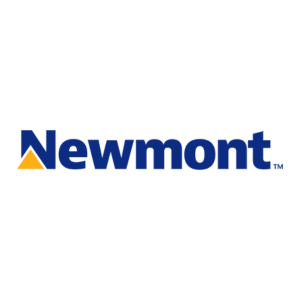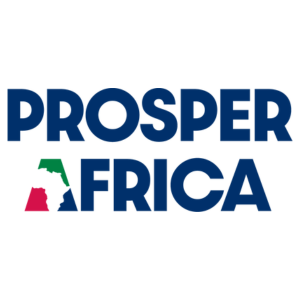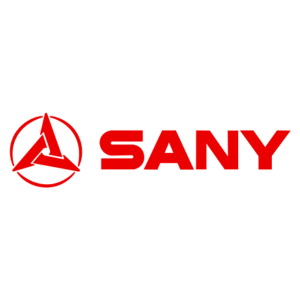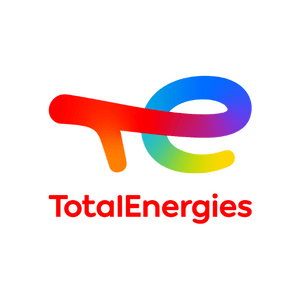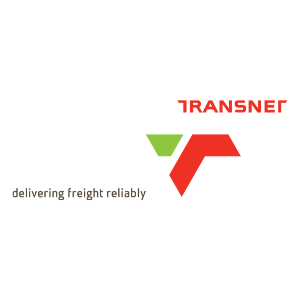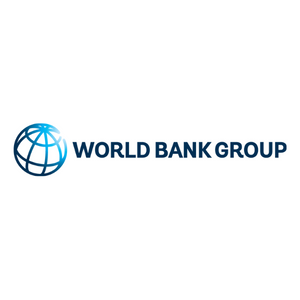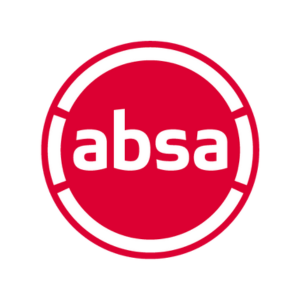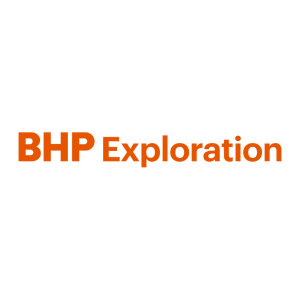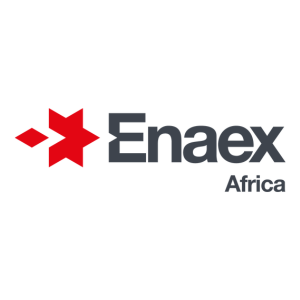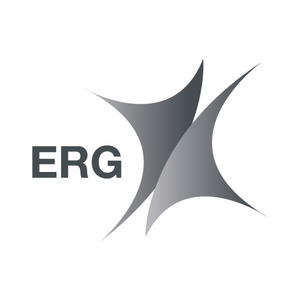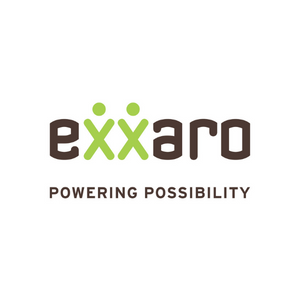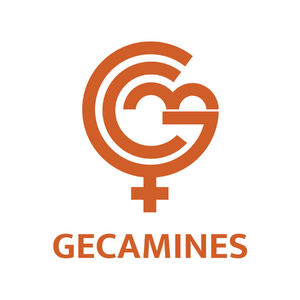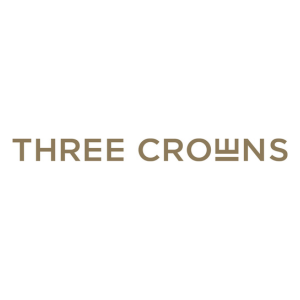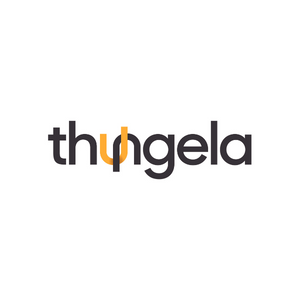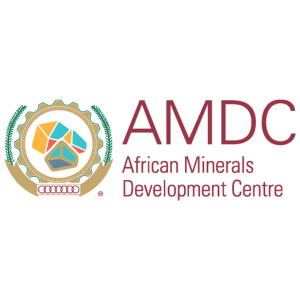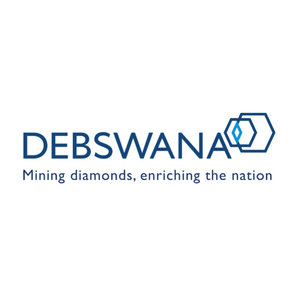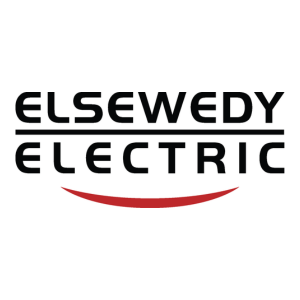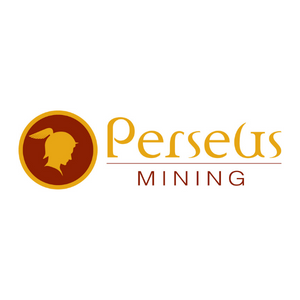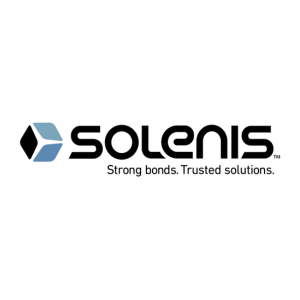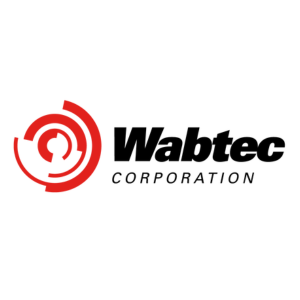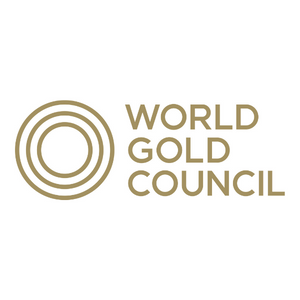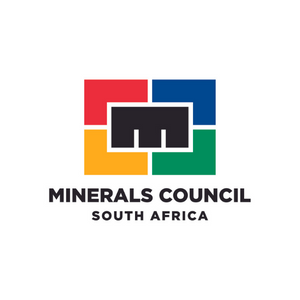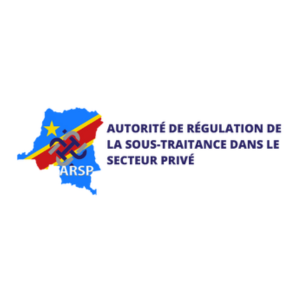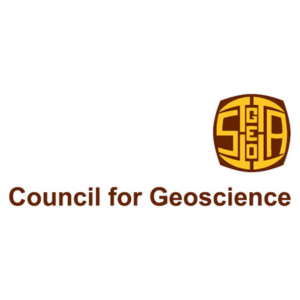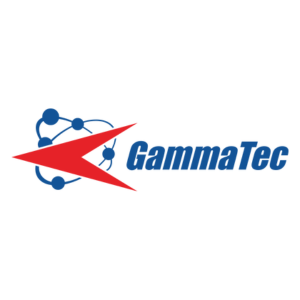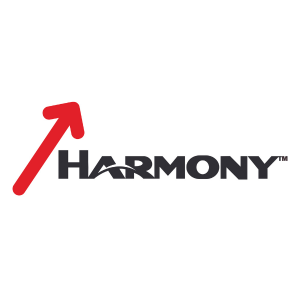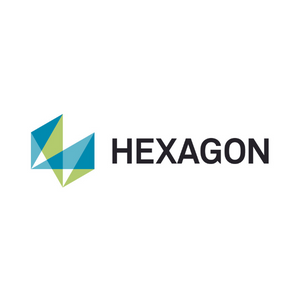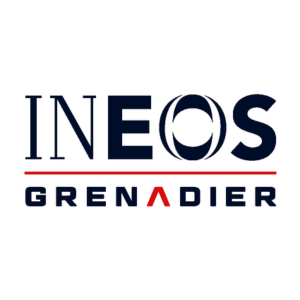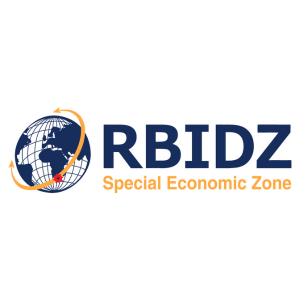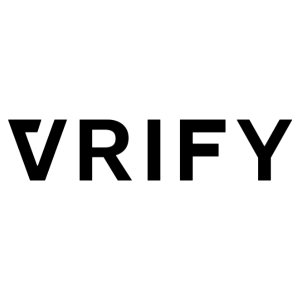An update from Marenica Energy.
- Horizontal loop electromagnetic surveys at Hirabeb (Namibia) identifies expansive and deep palaeochannels
- HLEM has been successful in identifying palaeochannels at Koppies with follow up drilling demonstrating significant mineralisation
- Hirabeb is Marenica’s largest tenement in the Namib area, 15 times larger than Koppies
has subsequently shown to be mineralised, Marenica trialled the technique on EPL 7278. Hirabeb, the largest
of Marenica’s tenements in the Namib Area, has extensive historical exploration mapping, and is located
upstream of the known Aussinanis deposit.
Historical documentation produced by General Mining Corporation (“Gencor”) indicates the presence of a
potentially significant palaeochannel system within the area covered by EPL 7278 (Figure 1). As a result of
this information, a number of HLEM survey lines were undertaken in order to investigate and confirm the
location of palaeochannels within the Hirabeb license.
To date, four lines have been completed with an additional line partially completed prior to the COVID-19
lockdown within Namibia. In all cases, HLEM has confirmed the presence of both calcrete valley fill and
deeper, incised, palaeochannels within the area. In general, the depth of the calcrete material is greater than
10 metres, with the identified palaeochannels reaching depths of greater than 30 metres in a number of places.
In comparison, palaeochannels with maximum depths of between 15 and 18 metres were recorded in the
Koppies palaeochannel system.
Marenica Managing Director, Murray Hill, commented: “The uncovering of historical exploration
information produced by Gencor has been instrumental in identifying key exploration targets, Koppies was an
exploration target identified by Gencor. We are excited about the Hirabeb HLEM results which confirm the
palaeochannels are at least the width indicated by Gencor, with potentially over half the tenement covered in
prospective palaeochannels, presenting the rare opportunity of having an abundance of exploration targets.
Much like Koppies, the Hirabeb exploration target is upstream of a known uranium deposit, increasing the
probability of finding uranium, and this tenement is 15 times larger than Koppies.”
The HLEM surveys indicate continuous calcrete valley fill varying from 2.0 km to 4.7 km wide, as evident
in Figure 1. The HLEM detail from Line 5, presented in Figure 4, shows three palaeochannels in excess
of 30 metres deep ranging in width from 450 to 620 metres. HLEM Line 5 is the partially complete survey
line, which has a further 6.3 km of HLEM planned to the north of this line.
Analysis of the HLEM sections has identified a number of prospective areas for follow-up reverse
circulation (RC) drilling. In the main, these areas are in locations where the HLEM identified
palaeochannel base has a depth of at least 20 metres and are concentrated around the locations where
the palaeochannel depth is greater than 30 metres.
With an area of 730 km2, Hirabeb extends 42 km east to west at its widest point, and 22 km north to
south, and is 15 times the area of the Koppies EPL. Gencor’s work indicates that approximately 44% of
the tenement area is covered by recent sediments. The Company’s HLEM surveys have confirmed the
presence of palaeochannels and provides an indication on depth and widths of palaeochannels. The
HLEM work suggests that at least 50% of the tenement area could be covered by calcrete and
palaeochannels.
The palaeochannels appear to flow in a south west direction towards the adjoining tenement which
contains the Aussinanis Uranium deposit. As per Koppies, Hirabeb is a highly prospective area that is
upstream of a known deposit and has previously been explored by Gencor who identified exploration
targets.
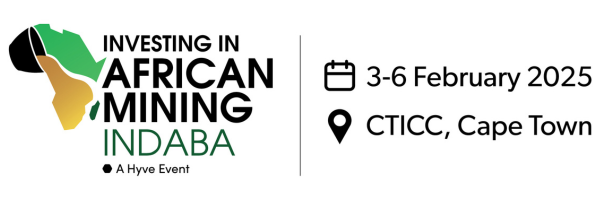



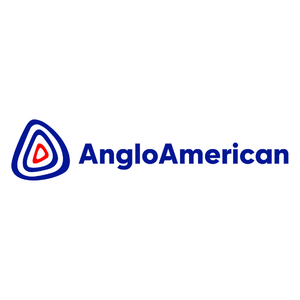
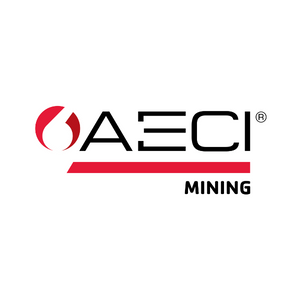

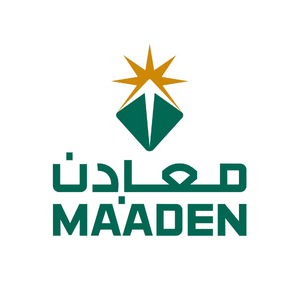
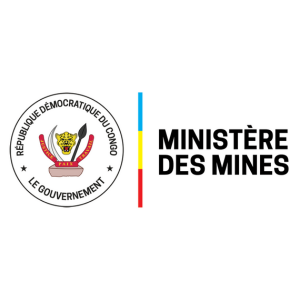

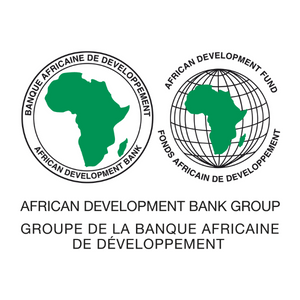
-min.png?ext=.png)
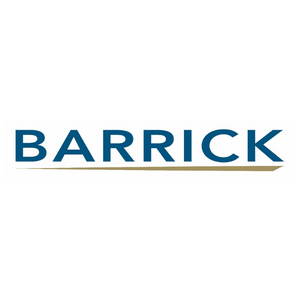
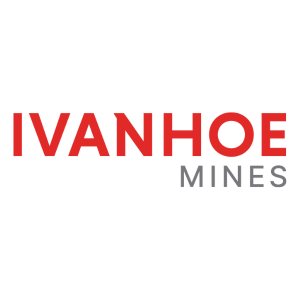
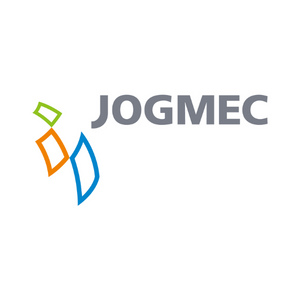
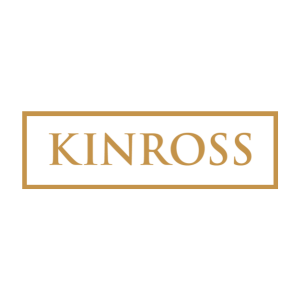
_1.png?ext=.png)
